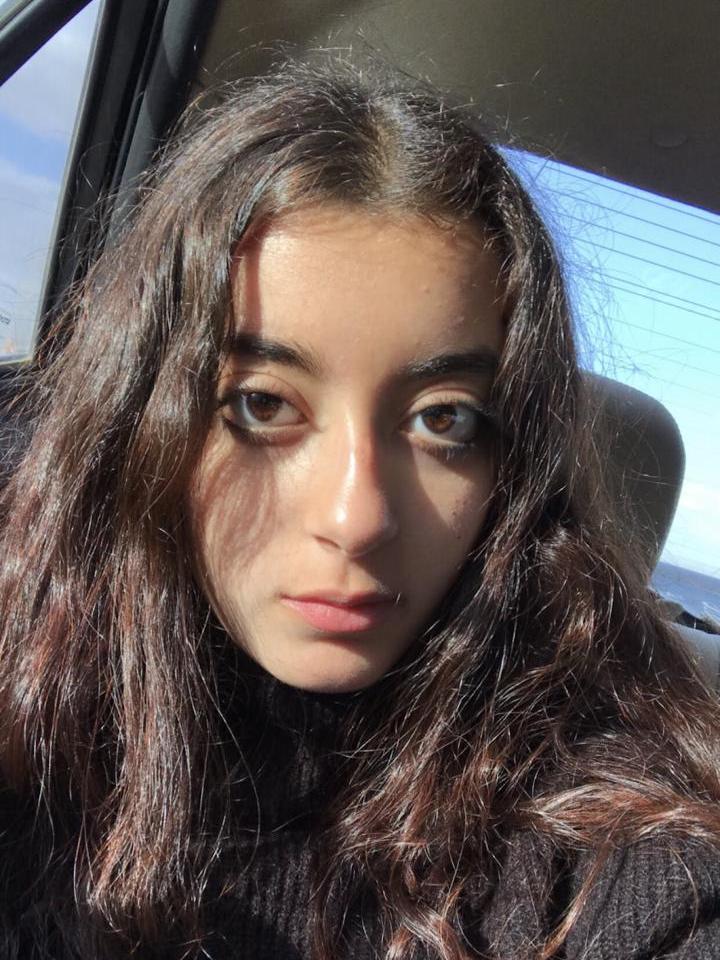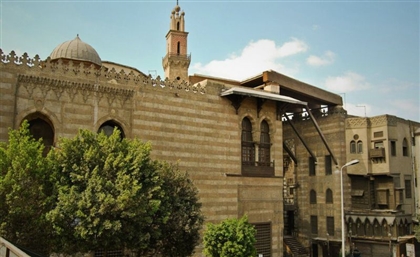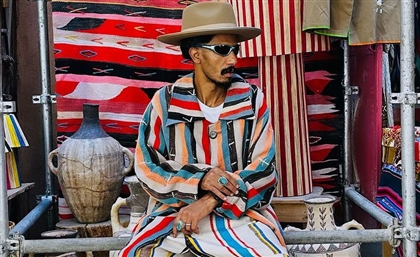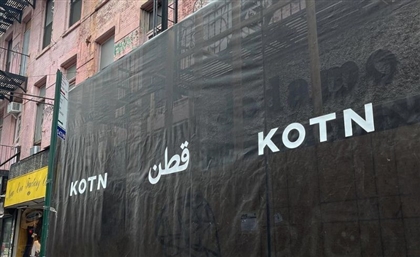The Digital Archive Preserving the Fading Art of Egyptian Typography
Two graphic designers decided to share their most inspirational street finds with everyone on the internet - and launched an online platform to let everyone else share as well.
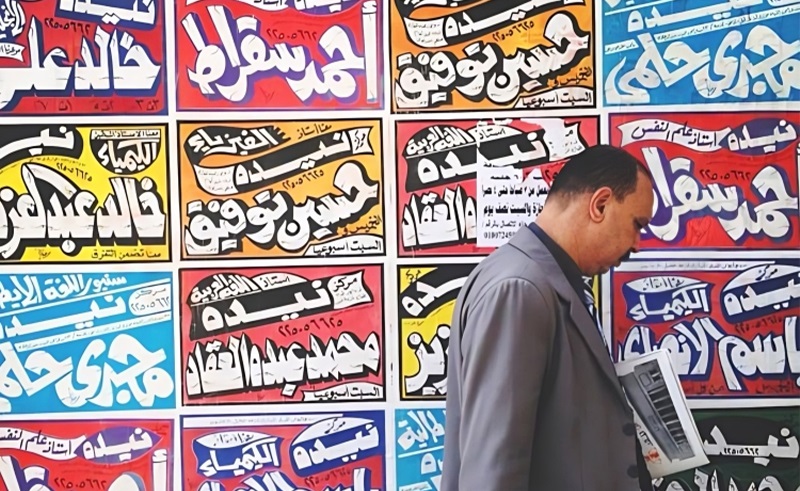
In Egypt, where there are streets and roads and passageways, there are signs and posters and billboards dating back decades and even centuries, each reflecting their own era of styles, tastes and contexts. It’s a beautiful mess of typography that often gets lost with time, and the Egyptian Type Archive was born to capture and encapsulate it for good.
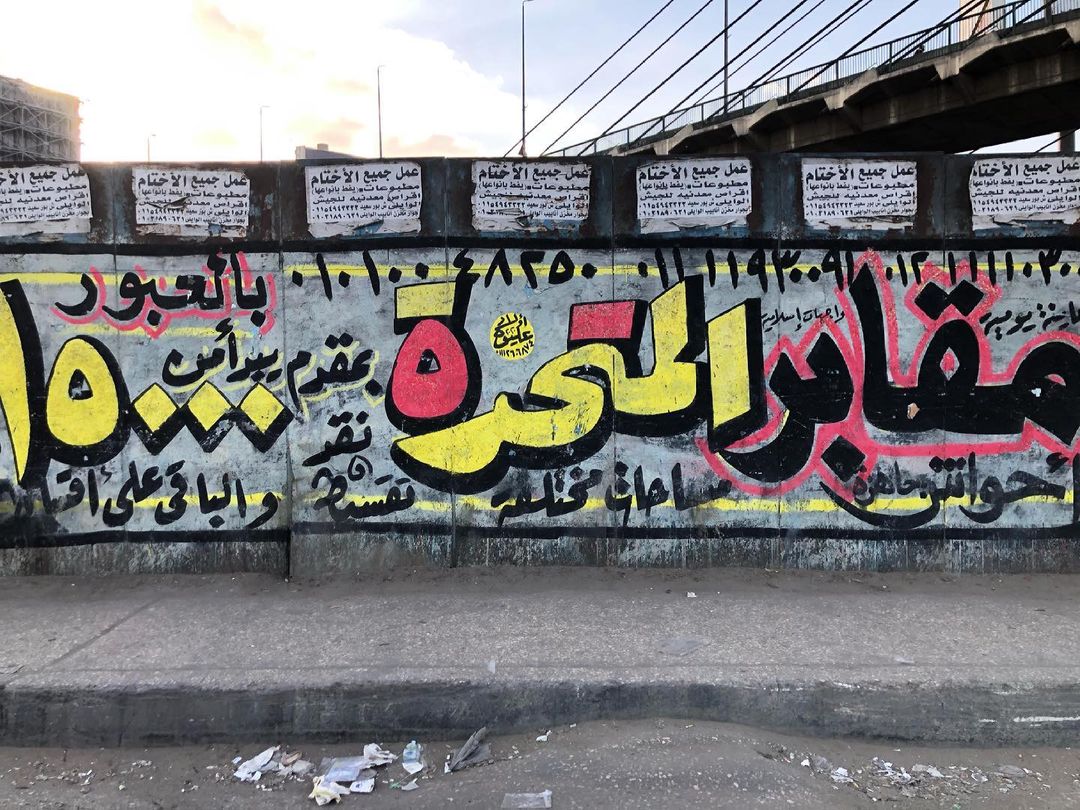 The founders, Toka Assal and Abdo Mohamed, met online and bonded over their shared interest in street typography, drawing inspiration from their travels to cities across Egypt, from Aswan to Minya and Port Said. As graphic designers and type artists, they decided to share their most inspirational street finds with everyone on the internet - and launched an online platform to let everyone else share as well.
The founders, Toka Assal and Abdo Mohamed, met online and bonded over their shared interest in street typography, drawing inspiration from their travels to cities across Egypt, from Aswan to Minya and Port Said. As graphic designers and type artists, they decided to share their most inspirational street finds with everyone on the internet - and launched an online platform to let everyone else share as well.
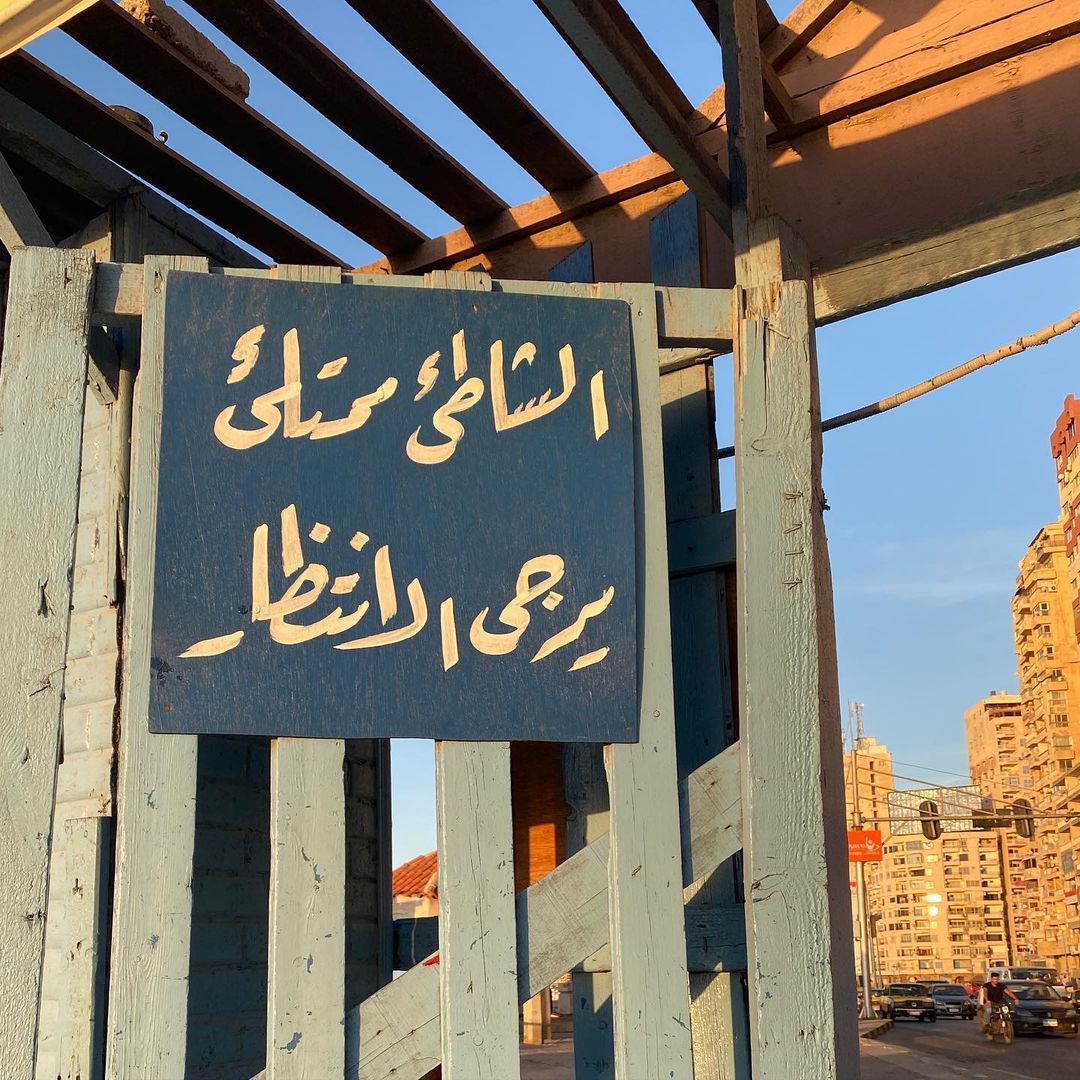 “When we started we didn’t even have a logo, we just used a picture I took of some text on a microbus that said ‘Semsem’ and ‘Semsema’,” Mohamed tells CairoScene. “We found out later that those were the names of the bus owners, a brother and sister. Although we know it’s not professionally designed, the text really looked like it was. But now everything is digital and fast-paced, so we’re losing the artistry and craftsmanship of typography and calligraphy.”
“When we started we didn’t even have a logo, we just used a picture I took of some text on a microbus that said ‘Semsem’ and ‘Semsema’,” Mohamed tells CairoScene. “We found out later that those were the names of the bus owners, a brother and sister. Although we know it’s not professionally designed, the text really looked like it was. But now everything is digital and fast-paced, so we’re losing the artistry and craftsmanship of typography and calligraphy.”
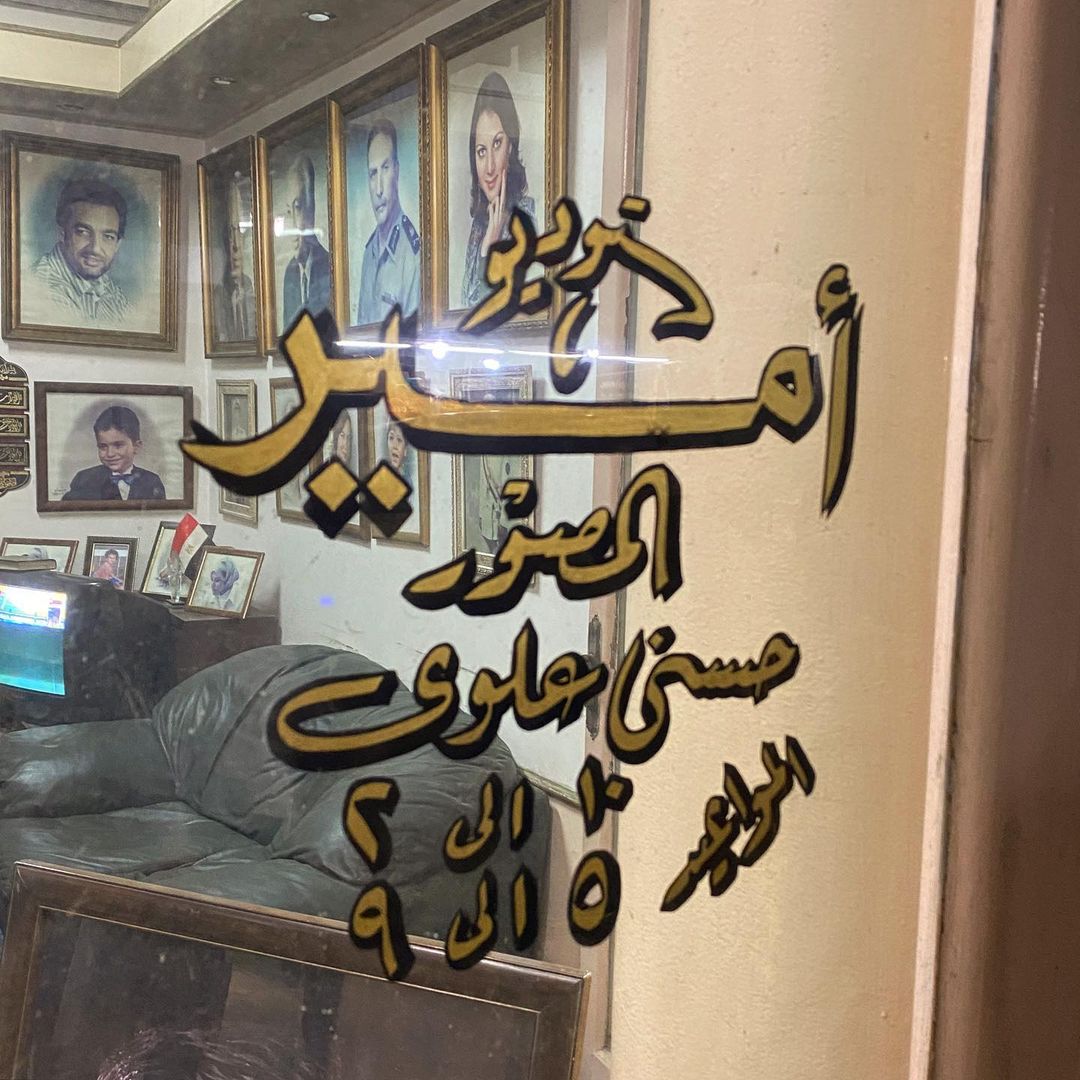 Exclusively focused on Arabic street typography in Egypt, the Egyptian Type Archive has amassed a loyal community on Instagram. They collectively document any text they stumble upon, from the quirky to the horrific to the beautiful, whether it’s an ancient sign on a vintage shop or an announcement sprayed on the walls of a local cafe.
Exclusively focused on Arabic street typography in Egypt, the Egyptian Type Archive has amassed a loyal community on Instagram. They collectively document any text they stumble upon, from the quirky to the horrific to the beautiful, whether it’s an ancient sign on a vintage shop or an announcement sprayed on the walls of a local cafe.
 “My favourite finds are food carts, their typography has a very distinct style embodying the essence of street art,” Asal shares. “It’s also very instinctual with the text written tackling hasad or rizq.” Here Asal refers to written prayers or phrases traditionally used to ward off the evil eye, or invite God’s blessing - a visual manifestation of deeply held beliefs and spirituality.
“My favourite finds are food carts, their typography has a very distinct style embodying the essence of street art,” Asal shares. “It’s also very instinctual with the text written tackling hasad or rizq.” Here Asal refers to written prayers or phrases traditionally used to ward off the evil eye, or invite God’s blessing - a visual manifestation of deeply held beliefs and spirituality.
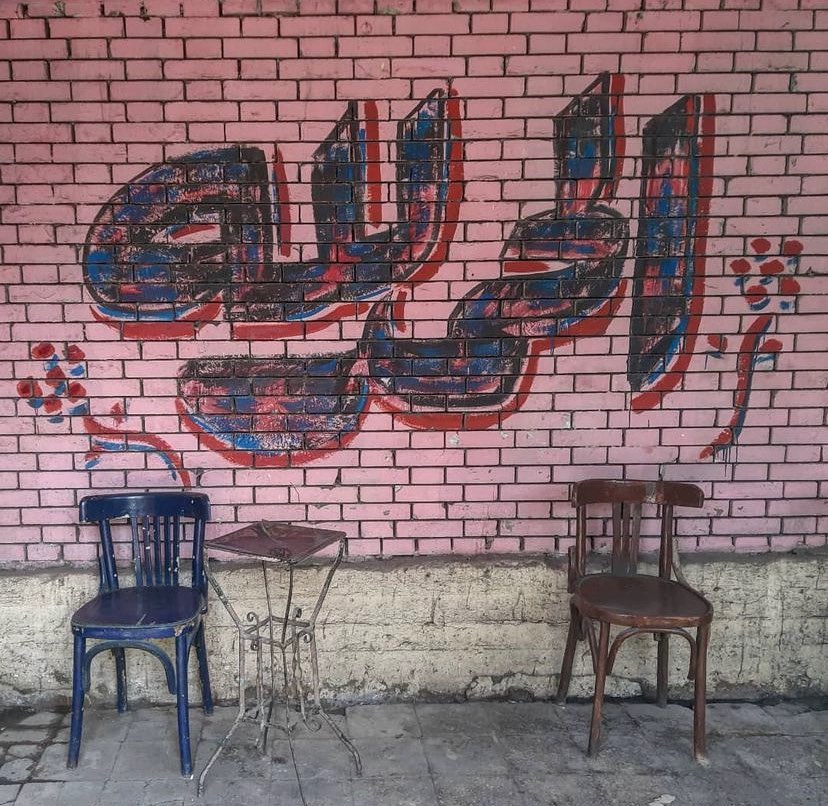 Mohamed and Asal’s view on what constitutes art or on the nature of street typography questions notions of ‘professionalism’, where they treat every sign and piece as a story on its own. Initially, they wanted to document the names of the calligraphers until they found that - more often than not - the text is created by commission, so the artists don’t normally sign their names under their work.
Mohamed and Asal’s view on what constitutes art or on the nature of street typography questions notions of ‘professionalism’, where they treat every sign and piece as a story on its own. Initially, they wanted to document the names of the calligraphers until they found that - more often than not - the text is created by commission, so the artists don’t normally sign their names under their work.
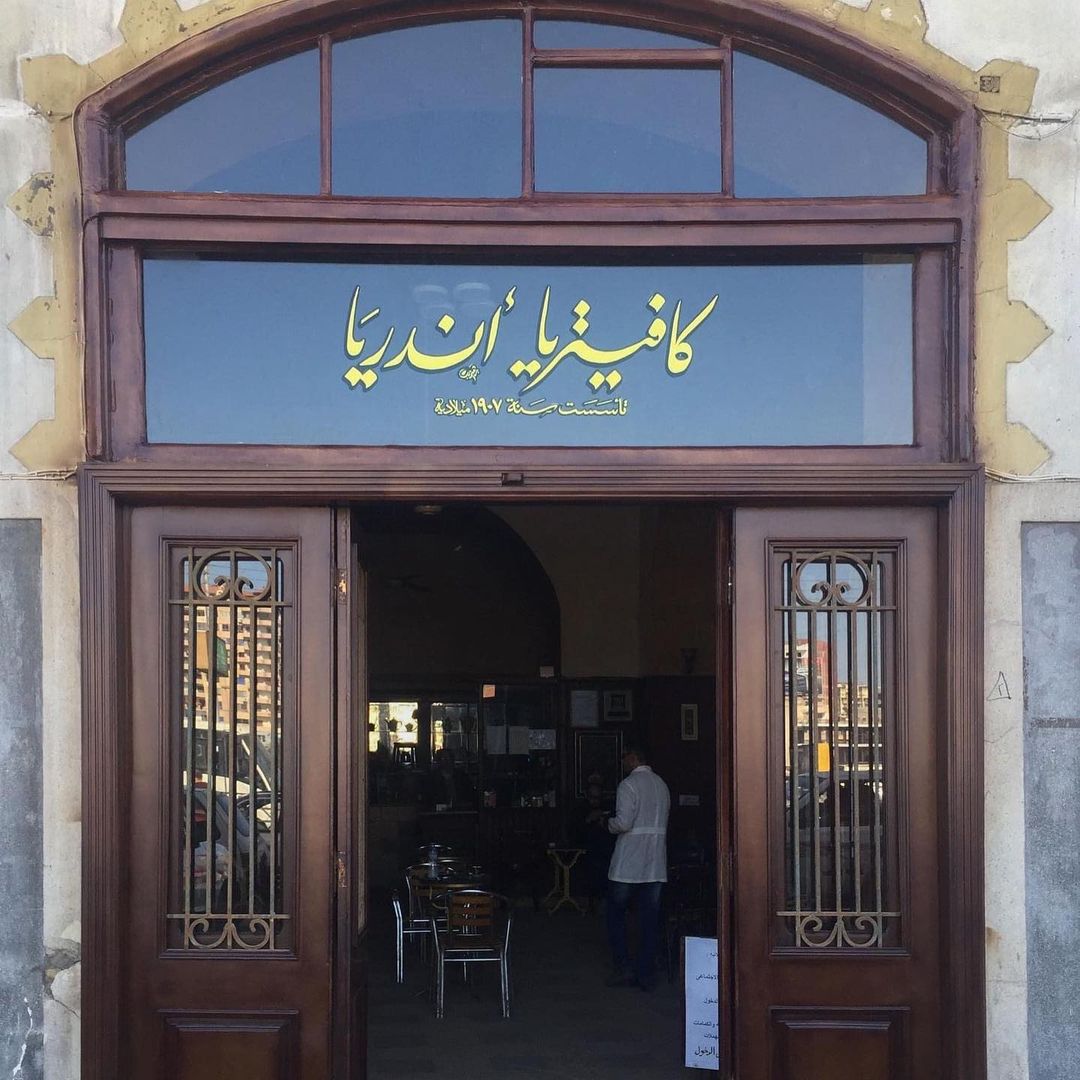 Although strangers in the street often regard them with confusion when they see them taking pictures of manhole covers or old movie posters, the founders believe their documentation serves a purpose to typographers, designers, and Egyptians at large. Through their work, and the work of their burgeoning community, they preserve a dying visual culture and ensure it survives to the next generation of Egyptian creators.
Although strangers in the street often regard them with confusion when they see them taking pictures of manhole covers or old movie posters, the founders believe their documentation serves a purpose to typographers, designers, and Egyptians at large. Through their work, and the work of their burgeoning community, they preserve a dying visual culture and ensure it survives to the next generation of Egyptian creators.
- Previous Article Dr.Sisilove or How (Not) To Diffuse A Bomb
- Next Article Jordanian Fintech Startup liwwa Raises $18.5 Million Pre-Series B
Trending This Week
-
Apr 13, 2024



